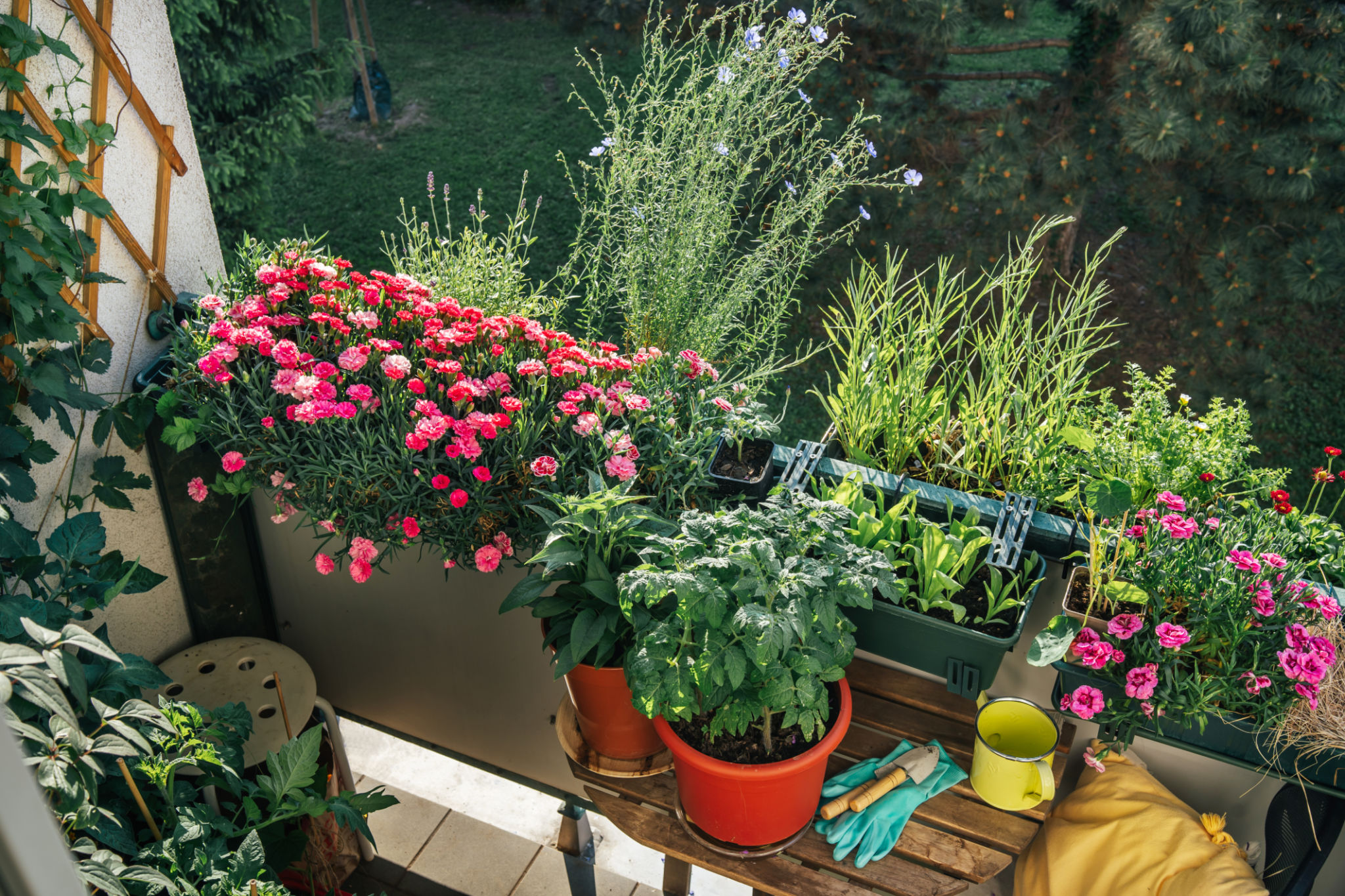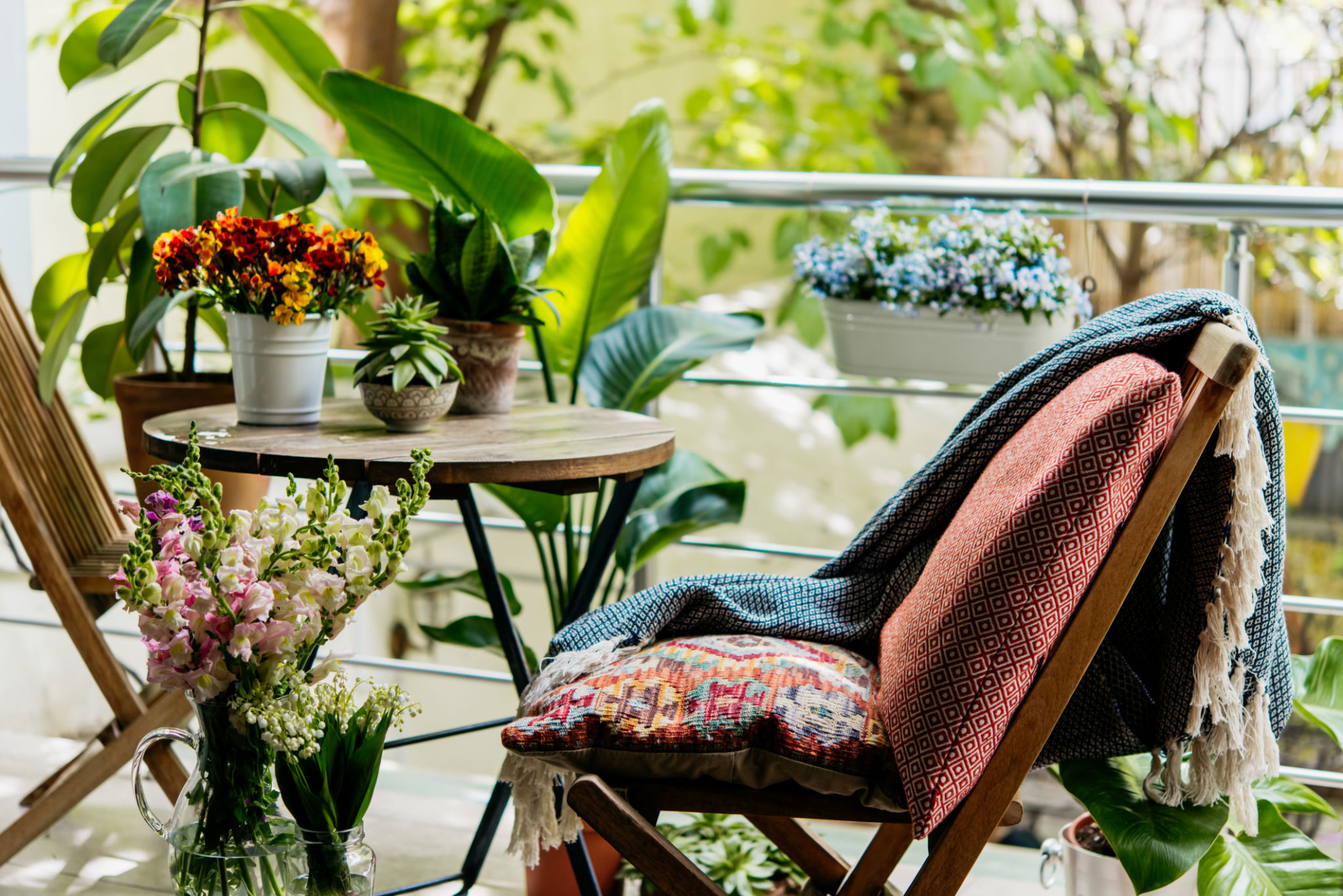DIY Vertical Garden for Small Balconies: Step-by-Step Tutorial
Introduction to Vertical Gardening
Creating a lush green space on a small balcony can seem challenging, but a DIY vertical garden offers a perfect solution. By utilizing vertical space, you can grow a variety of plants even in the most compact areas. This step-by-step tutorial will guide you through setting up your own vertical garden, transforming your balcony into a vibrant oasis.

Choosing the Right Structure
The first step in building a vertical garden is selecting a suitable structure. Options include wall-mounted planters, freestanding shelves, or pocket planters. Consider the weight your balcony can support and choose materials accordingly. Lightweight materials like wood or fabric pockets are ideal for balconies that may not support heavy loads.
Materials You Will Need
To get started, gather the following materials:
- Vertical garden structure (e.g., shelves or pocket planters)
- Potting soil
- Assorted plants (herbs, succulents, or flowering plants)
- Gardening tools (trowel, watering can)
- Hooks or brackets for mounting (if applicable)
Selecting Your Plants
Choosing the right plants is crucial for a thriving vertical garden. Consider the amount of sunlight your balcony receives. For sunny spots, opt for sun-loving plants like herbs and certain flowering varieties. Shadier areas might benefit from shade-tolerant plants like ferns and ivy. Mix and match different types to add texture and color to your garden.

Planting Process
Once you've chosen your plants, it's time to plant them. Fill each planter pocket or container with potting soil, leaving enough room for the plant's root ball. Gently remove each plant from its nursery pot and place it into the soil, ensuring it's snugly positioned. Water each plant thoroughly after planting to help them settle.
Positioning Your Vertical Garden
Strategically positioning your vertical garden is key to its success. Ensure that your plants will receive adequate sunlight and are protected from extreme weather conditions. If using a wall-mounted structure, ensure it is securely attached to avoid any accidents.

Maintenance Tips
Maintaining a vertical garden requires regular attention. Here are some tips to keep your plants healthy:
- Watering: Ensure even watering by checking soil moisture regularly.
- Pruning: Trim dead leaves and overgrown branches to encourage new growth.
- Fertilizing: Use a balanced liquid fertilizer every few weeks for optimal plant health.
Benefits of a Vertical Garden
Apart from aesthetic appeal, vertical gardens offer several benefits. They can improve air quality, provide insulation, and even reduce noise pollution. Additionally, growing your own herbs or vegetables can be both rewarding and cost-effective.
Creating a DIY vertical garden on your small balcony is a fulfilling project that brings nature closer to home. With careful planning and maintenance, you can enjoy a thriving green space that enhances your living environment and offers fresh greenery throughout the year.